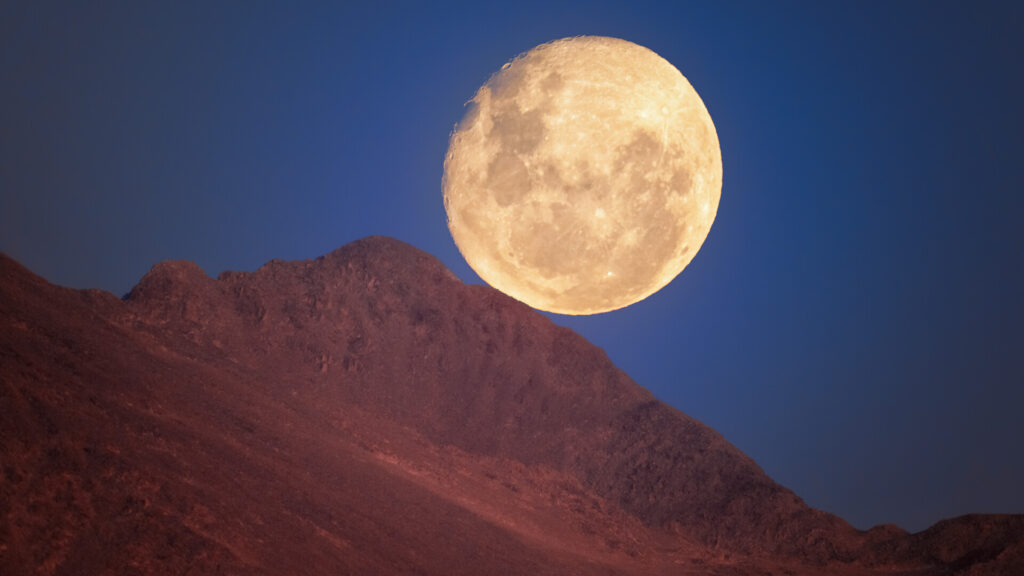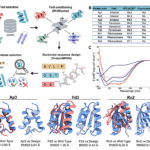Now Reading: Wildfires are getting more intense around the world due to human-driven climate change
-
01
Wildfires are getting more intense around the world due to human-driven climate change
Wildfires are getting more intense around the world due to human-driven climate change


Earth just endured one of its most extreme wildfire years on record — and scientists say human-driven climate change is the cause.
A sweeping new analysis, the State of Wildfires 2024–25 report, finds that human-driven global warming dramatically increased the intensity and scale of wildfires across the globe, in some regions making severe fire seasons 25 to 35 times more likely than they would have been in a cooler world.
The international study combines satellite data, weather reanalysis and land-surface models to show how heat, drought and vegetation changes converged into record-breaking fires from the Amazon to California.
“Land surface models simulate how climate, vegetation and fire interact across the Earth’s surface,” Douglas Kelley, a land surface modeler at the U.K. Center for Ecology & Hydrology (UKCEH) and a co-lead of the State of Wildfires annual report, told Space.com. Kelley and his collaborators used two approaches to study the impacts of global wildfires, first running thousands of simulations of past fire seasons with and without the effects of human-driven climate change. Then, they looked at models of the Earth’s vegetation to see how the growth and death of plants can produce fuel for wildfires. “Together, these approaches show both how climate change has already influenced major fire events, and what the future might hold,” Kelley said.
The team calculated that, from March 2024 through February 2025, wildfires burned 1.4 million square miles (3.7 million square kilometers), an area larger than the size of India.
Certain regions saw truly staggering spikes. Fire emissions were higher than normal, with Bolivia seeing its highest carbon dioxide emissions total of this century (771 million tons), while Canada had its second year of reaching over a billion tons its CO2 emissions. Brazil’s Pantanal region, considered the world’s largest wetland, had six times the average carbon dioxide emissions for the area.
As carbon dioxide helps contribute to greenhouse gases in our atmosphere, these emission increases are helping to propel a positive feedback loop, driving up global warming conditions even further, which, in turn, can lead to more extreme wildfires.
The most powerful finding for the team was how clear climate change emerged as a variable in driving the intensity of the wildfire seasons worldwide.
“Wildfires are shaped by a tangled mix of weather, vegetation, land use and chance — factors that usually make event-scale attribution incredibly difficult. To fully reflect that complexity, we pushed our methods to explore thousands of different ways that climate, people, and ecosystems might interact to influence fire,” Kelley said.
“Yet across all those possibilities, the conclusion barely wavered: human-driven climate change increased the likelihood of these extreme fires and amplified how much land burned…The science has now advanced to the point where the climate signal is unmistakable. But worryingly, climate change itself has advanced so far that this signal is visible in every extreme fire event we assessed,” Kelley said.
The human and ecological toll
Wildfires in 2024 and 2025 killed more than 200 people worldwide, including 100 people in Nepal, 34 people in South Africa and 30 people in Los Angeles. The Southern California blazes alone forced 150,000 evacuations and caused an estimated $140 billion in damages. Similarly, fires in Canada’s Jasper National Park alone cost over US $1 billion in damages while Brazil’s Pantanal’s agribusiness sector lost over $200 million due to wildfires.
Besides carbon emissions, air quality impacts were also significant. Fine particulate pollution from fires in Brazil reached up to 60 times higher than the World Health Organization’s safe limits, exposing hundreds of millions of people to toxic smoke.
Watching the Earth burn from space
For scientists, much of this evidence comes from low-Earth orbit. Satellites such as NASA’s Terra and Aqua satellites have become indispensable for detecting active fires, mapping burn scars and monitoring atmospheric pollution from smoke plumes.
Those space-based observations fed directly into the State of Wildfires analysis, which used them to validate fire-weather models and quantify how much climate change has altered conditions on the ground.
The research team says future versions of the report will rely even more heavily on upcoming hyperspectral sensors and next-generation Earth observation satellites, which can track vegetation dryness, fuel loads and even early-stage ignition events in near real time.
For researchers like Kelley, the question then becomes: what can humanity do about it?
“We touch on this in our summary for policymakers, especially around climate finance and how wildfires affect nature-based climate solutions. However, we haven’t yet been in a position to explore in depth how local fire management decisions influenced each event: what worked, what didn’t, and what we can learn. Advances in scientific methods and ongoing study time will enable us to do this, and it’s a key area for future work,” said Kelley.
Stay Informed With the Latest & Most Important News
-
 012024 in Review: Highlights from NASA in Silicon Valley
012024 in Review: Highlights from NASA in Silicon Valley -
 02Panasonic Leica Summilux DG 15mm f/1.7 ASPH review
02Panasonic Leica Summilux DG 15mm f/1.7 ASPH review -
 03How New NASA, India Earth Satellite NISAR Will See Earth
03How New NASA, India Earth Satellite NISAR Will See Earth -
 04And Thus Begins A New Year For Life On Earth
04And Thus Begins A New Year For Life On Earth -
 05Astronomy Activation Ambassadors: A New Era
05Astronomy Activation Ambassadors: A New Era -
06SpaceX launch surge helps set new global launch record in 2024
-
 07Space Force plans new ‘Futures Command’ amid pressure to speed up modernization
07Space Force plans new ‘Futures Command’ amid pressure to speed up modernization




















